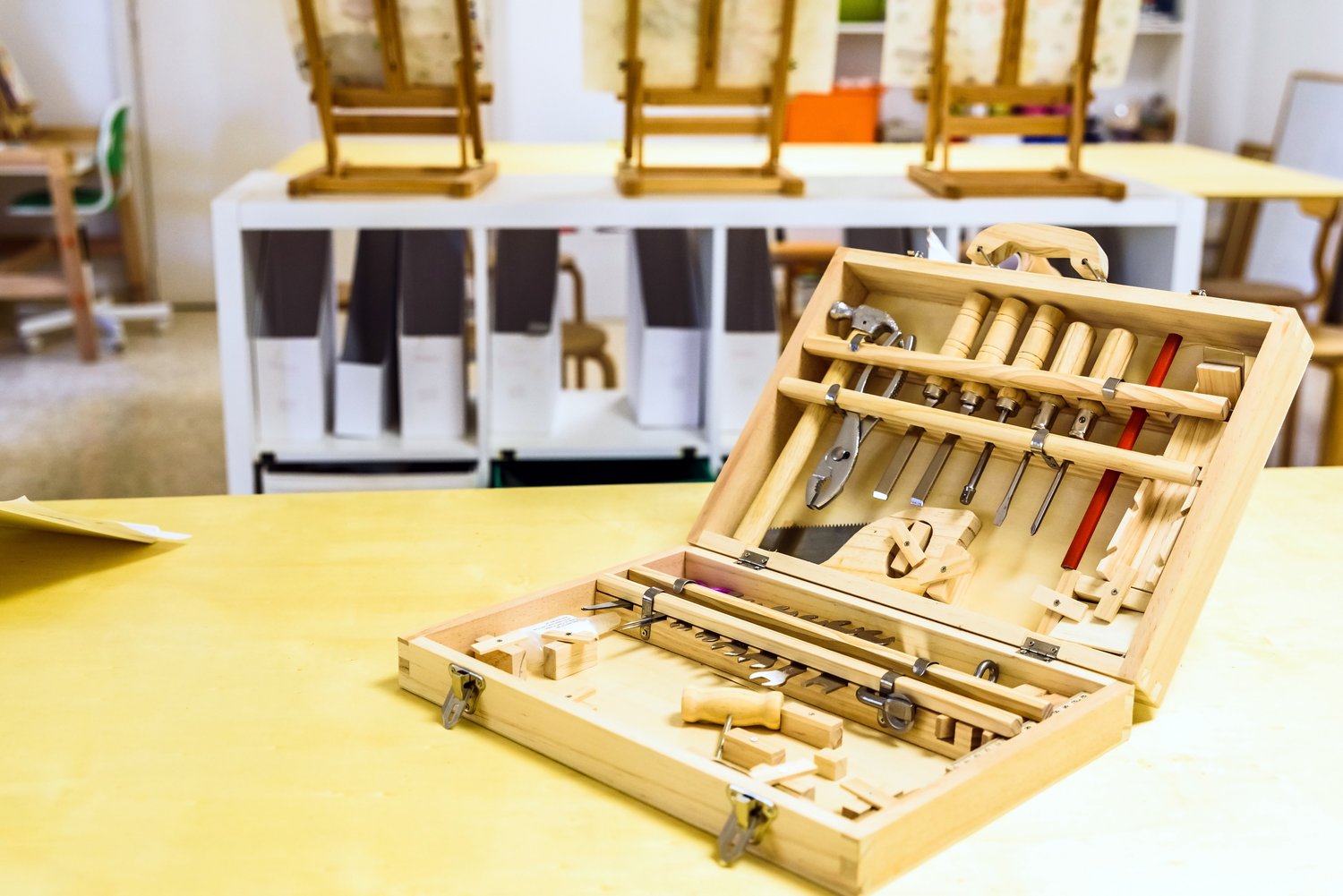Understanding basic woodworking tools
Woodworking is a rewarding hobby that requires specific tools. Beginners often feel overwhelmed by the variety of equipment available. This guide will help you understand the essential tools needed to start your woodworking journey. A good set of basic tools includes a hammer, screwdrivers, and measuring tape. These items form the foundation of any toolbox. Chisels and hand planes are crucial for shaping and smoothing wood. They come in various sizes to suit different projects.
Saws are indispensable for cutting wood to size. Hand saws, jigsaws, and circular saws each serve unique purposes. A cordless drill is versatile and allows for easy hole-drilling and screw-driving. It’s important to invest in quality tools that will last. Cheap tools may save money initially but often break or wear out quickly. Consider purchasing a combination square for accurate measurements and markings.
Safety should always be a priority when working with Tools and OHS. Protective gear such as safety glasses, ear protection, and dust masks are essential. These items protect you from wood chips, loud noises, and harmful dust particles. Remember to read tool manuals carefully before use. Proper tool maintenance ensures longevity and safe operation. Clean your tools after each use and store them in a dry place.
Power tools for efficient woodworking
Power tools significantly speed up woodworking processes. A table saw is often considered the heart of a woodworking shop. It allows for precise, straight cuts in various materials. Miter saws are excellent for making angled cuts, essential for framing and trim work. These tools can cut through 2x4s in seconds, saving valuable time.
Router tables offer versatility in creating decorative edges and joints. They can also be used for dadoes, rabbets, and grooves. A belt sander is crucial for smoothing large surfaces quickly. It can remove material much faster than hand sanding. Power planers help in achieving uniform thickness across boards. This tool is particularly useful when working with reclaimed wood.
Woodworking tools continue to evolve with technology. Laser-guided saws improve cutting accuracy. Cordless tools offer greater mobility in the workshop. However, it’s important to balance power and precision. Some tasks still require the finesse of hand tools. Always choose the right tool for the job to ensure the best results.
Hand tools for precision work
Woodworking tools for hand work offer unparalleled control. Chisels, for instance, come in various widths from 1/4 inch to 2 inches. They’re essential for cleaning up joints and creating detailed work. Hand planes, including block planes and jack planes, allow for fine adjustments. These tools can shave off fractions of a millimeter, ensuring perfect fits.
Marking and measuring tools are crucial for accuracy. A good set includes a combination square, marking gauge, and calipers. These tools help in transferring measurements and ensuring square cuts. Hand saws, such as dovetail saws and coping saws, offer precision in intricate cuts. They’re particularly useful for joinery work where power tools might be too aggressive.
Clamps are often overlooked but are indispensable in woodworking. They come in various types including bar clamps, C-clamps, and spring clamps. A workshop should have at least 4-6 clamps of different sizes. Sharpening tools are also essential for maintaining hand tools. A set of sharpening stones or a honing guide keeps chisels and plane blades in top condition.
Selecting quality tools within your budget
Quality tools don’t always mean the most expensive ones. Mid-range tools often offer the best balance of quality and affordability. Research brands known for durability and good customer service. Reading reviews from other woodworkers can provide valuable insights. Consider buying used tools from reputable sources to save money.
Prioritize essential tools first. Start with a basic set and expand as your skills and projects grow. A good starter kit might include a hammer, screwdrivers, chisels, and a hand saw. These tools typically cost between $100 to $200 for a decent quality set. Power tools like a drill and circular saw can be added later, costing around $150-$300 each for good quality.
Invest in tools that serve multiple purposes. A multi-tool, for instance, can replace several individual tools. This approach saves both money and space. Consider tool rental for expensive equipment you’ll use infrequently. Many hardware stores offer daily or weekly rentals. This option allows you to use high-end tools without the full investment.
Maintaining your woodworking tools
Proper maintenance extends the life of your tools. Clean tools after each use to prevent rust and buildup. Use a wire brush or sandpaper to remove stubborn debris. Apply a light coat of oil to metal parts to prevent corrosion. This is especially important for tools stored in humid environments.
Sharpening is crucial for cutting tools. Dull tools are not only ineffective but can be dangerous. Learn to sharpen chisels, plane blades, and saw teeth. A basic sharpening stone set costs around $50 and can save hundreds in tool replacements. Check tool alignments regularly, especially for power tools.
Store tools properly to prevent damage. Use tool chests, pegboards, or custom storage solutions. Keep tools organized and easily accessible. This not only protects the tools but also improves workflow efficiency. Consider creating a maintenance schedule. Regular check-ups can catch issues before they become serious problems. Remember, well-maintained tools perform better and last longer.





